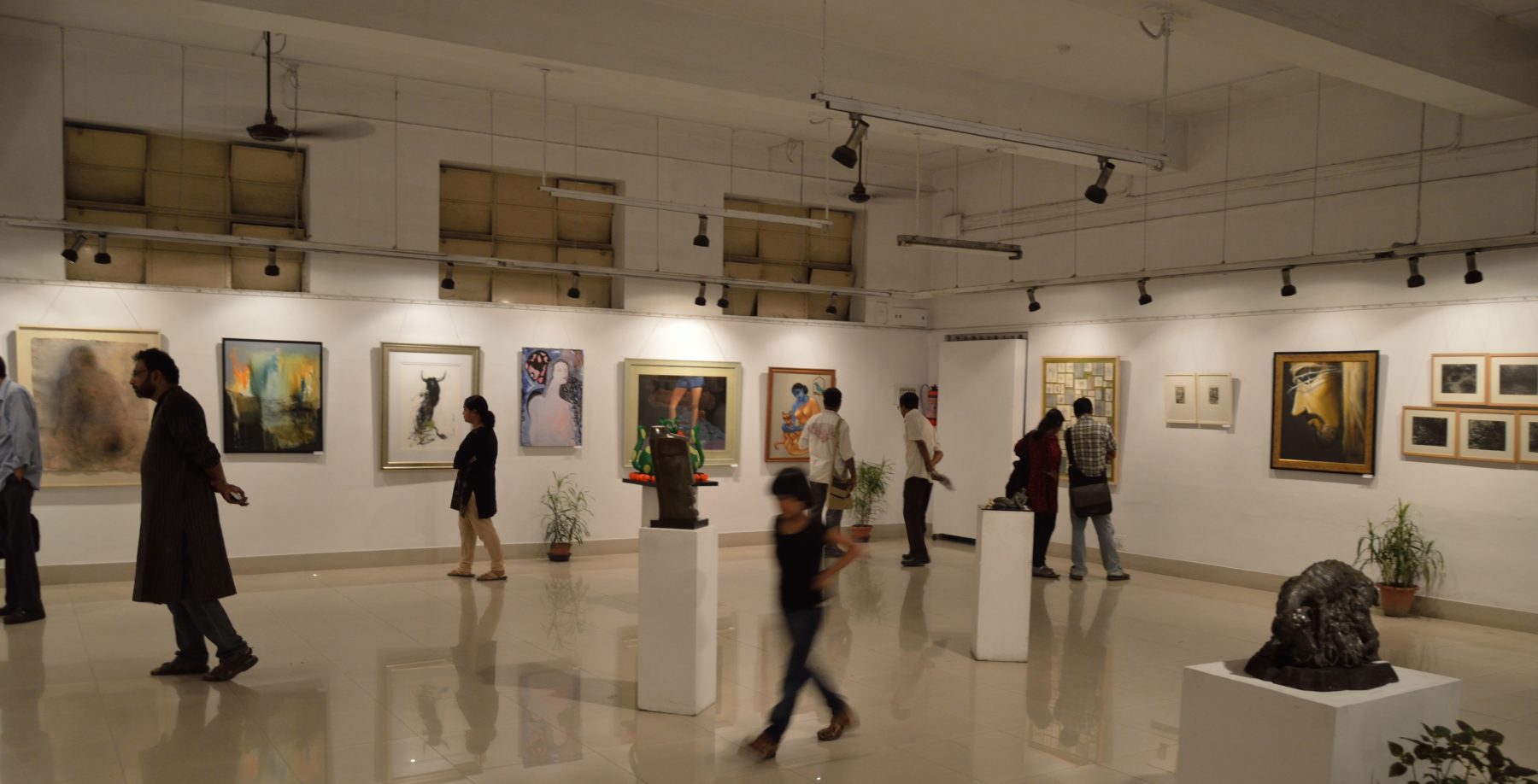1. Avril Joffe. Cultural Trends 30:1, 28-39. “Covid-19 and the African Cultural Economy: An Opportunity to Reimagine and Reinvigorate?” 2020. This article takes a summary look at Africa as a whole to ask how has the Covid-19 pandemic played out in the context of a continent that, in the last decade, has considered culture as a key aspect of its modernisation and development.
2. Douglas S. Noonan and Paul H. O’Neill. National Assembly of State Arts Agencies (NASAA). “The Arts and Culture Sector’s Contributions to Economic Recovery and Resiliency in the United States.” 2021. This report explores how the arts economy fares through economic downturns and its influence on economic trends. The companion technical report describes the statistical methods used to conduct this analysis and shows the relationships observed.
3. Stefan Hall. World Economic Forum. “COVID-19 Shows It’s Time to Rewrite the Script on Jobs in the Creative Economy.” 2020. In this article, the author argues that more must be done to recognize the importance of the creative economy and to support cultural workers, such as through direct stipends, administrative support, subsidies for real estate and skills transfers.
4. Mark Banks and Justin O’Connor. Tribune. “Culture After Covid.” 2020. Covid-19 has brought about a crisis for arts and culture, with its workers bearing the brunt. To rebuild, cultural pursuits must be decoupled from the consumer economy – and reintegrated into daily life.
5. Louis-Etienne Dubois, David Gauntlett and Ramona Pringle. The Conversation. “How to Help Artists and Cultural Industries Recover from the COVID-19 Disaster.” 2021. The current pandemic has shocked us into an awareness of the threat posed by disasters, particularly given the world’s interdependence and complexity. We need to develop much more sophisticated contingency, rescue and recovery strategies.
